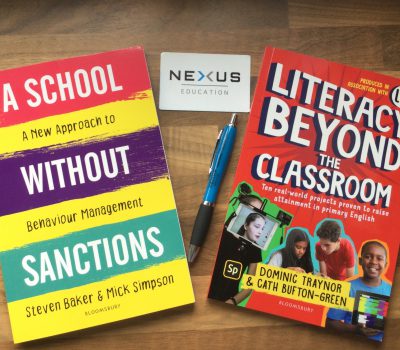


Our team sorts through all blog submissions to place them in the categories they fit the most - meaning it's never been simpler to gain advice and new knowledge for topics most important for you. This is why we have created this straight-forward guide to help you navigate our system.
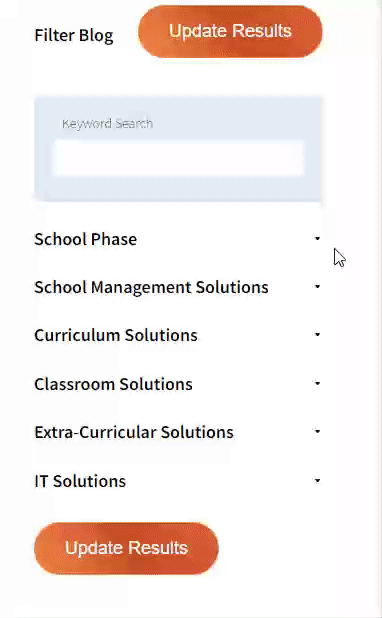

And there you have it! Now your collection of blogs are catered to your chosen topics and are ready for you to explore. Plus, if you frequently return to the same categories you can bookmark your current URL and we will save your choices on return. Happy Reading!
How do you get your class excited and engaged for their next topic? Nadine Finlay uses a ‘Hook’ to introduce a topic and to get her pupils eager to learn.
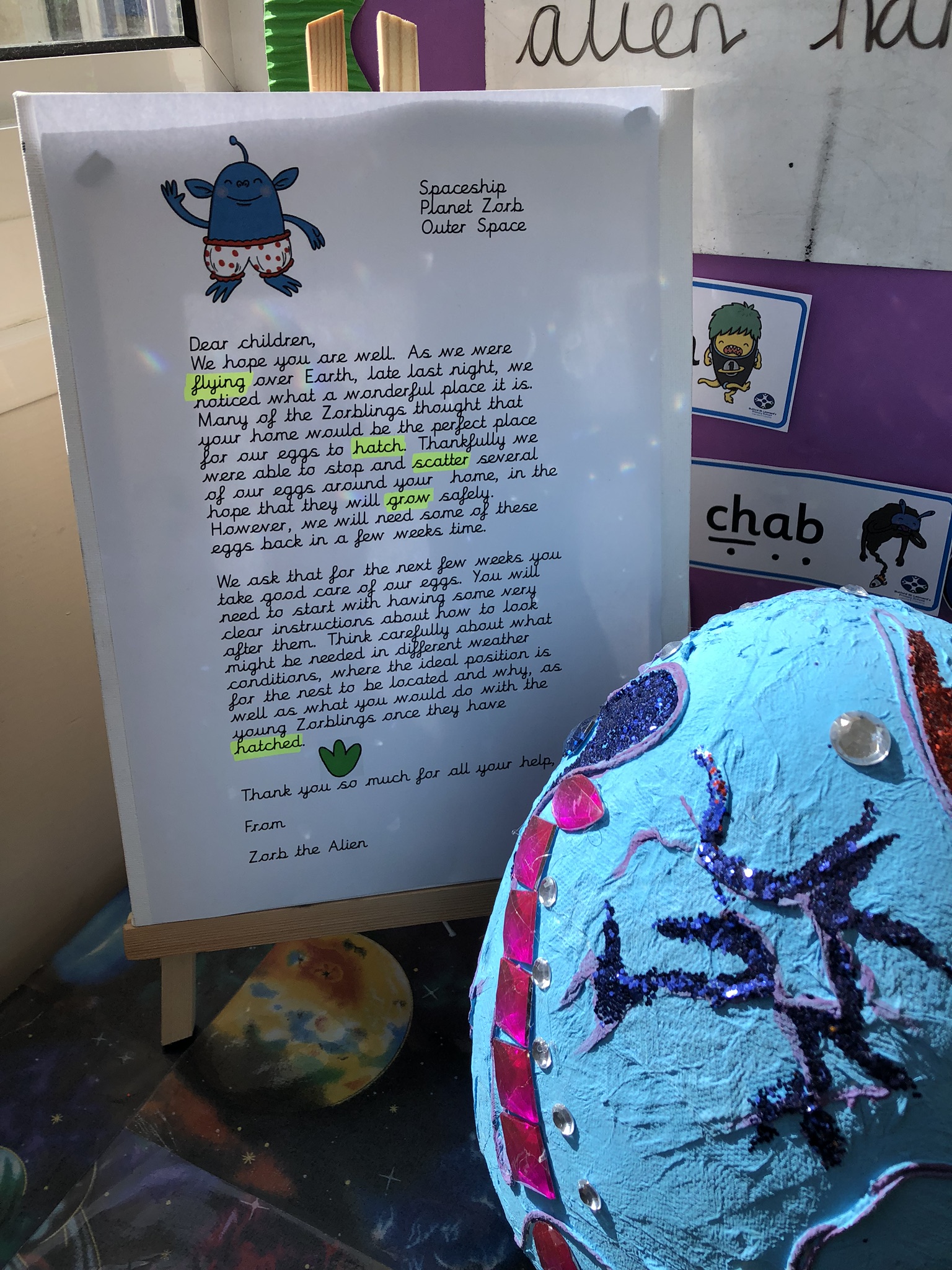
I have always had a feeling of excitement when planning a new topic. Being an Early Years Specialist has meant that I strive to find a moment of ‘awe and wonder’ when beginning each new topic, also known as a Hook. However, having got to know many teachers over the years that I have either worked with or met through CPD, having a Hook is something that is not necessarily general practice in many classrooms.
I feel that one of the super powers an author has is to create an alternative universe, a world of fantasy where the reader feels excited and yet safe. This is something that I aim to replicate with the Hook of a topic. There are key characteristics that each of my Hooks have
Some of the examples of Hooks that I have used are
A postcard
This was sent in the school holidays, to the children at their homes. I had made them with a topic photo on the front and a generic printed message on the back, which I then signed. The children were so excited that they brought their postcard in on the very first day. The topic began by researching some of the clues that I had hidden within the picture.
Dragon video clip
One of the other Key Stage teachers dashed into my classroom during morning registration to announce that she had received a shocking email. The whole of the Key Stage headed into the hall to watch the short video clip, which showed our school field with a dragon swooping overhead. It was then decided, by everyone, that an environment walk should be carried out. Children were given pre-made packs, that contained a map of the school grounds, a pencil, class camera and some clues so the children knew where to head around the school grounds. Once the walk began the children came across a dragons’ nest and in a variety of different places there were dragon eggs.
Alien eggs
When I took the class into the whole school assembly, a TA from a nearby classroom placed some alien eggs and a letter in the middle of the carpet. The children and I returned to the classroom and found the alien eggs in the classroom. The children knew that it couldn’t have been me that put them there, as I had been in assembly with them. The letter outlined what the children need to do in order to care for the aliens appropriately. This was a really successful way of beginning instructions and letter writing in English, as well as learning how to care for others in PSHE.
Flight
On the first day back to school after a half term, the children entered the classroom to find that it had been filled with paper aeroplanes and flight mobiles. They were hanging from the ceiling all around the room. On each table there were different clearly written step-by-step instructions and an assortment of coloured card. The children were instantly mesmerised and began following the instructions to create different aeroplanes. This topic grew into learning about Amelia Earhart, making predictions about what different card would do to the flight length of their planes, measuring distances of flight and so many more areas.
A Hook can be incredibly powerful as a means of capturing a child’s attention and inspiring them to find out more. I believe that learning should be purposeful and fun and that is what I try to recreate in my classroom. Why not give it a try yourself?

The author

Read more
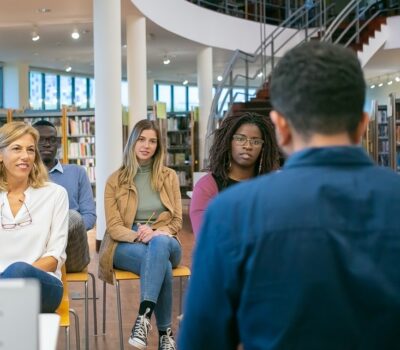
Read more

Read more

Read more
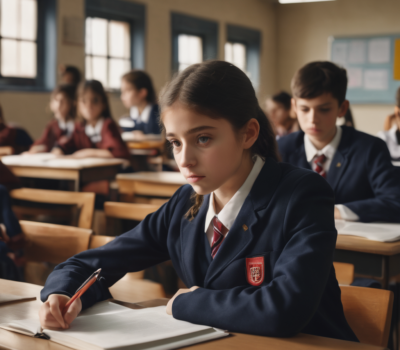
Read more
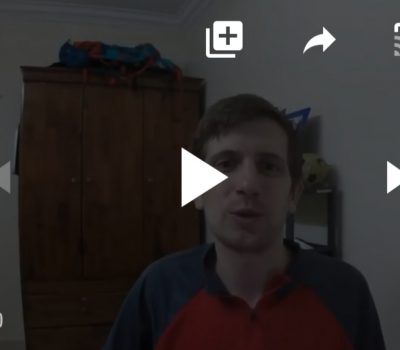
Read more

Read more
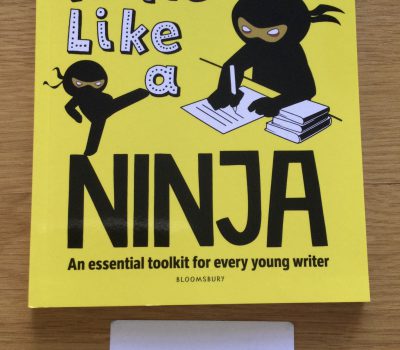
Read more


Are you looking for solutions? Let us help fund them! Nexus Education is a community of over 11,000 schools that come together to share best practise, ideas and CPD via online channels and free to attend events. Nexus also offers funding to all school groups in the UK via nexus-education.com


Established in 2011, One Education is a company at the heart of the education world, supporting over 600 schools and academies. Our unique appeal as a provider is in the breadth and synergy of the services we offer, supporting school leaders, teachers and support staff to achieve the best possible outcomes for their pupils and staff.
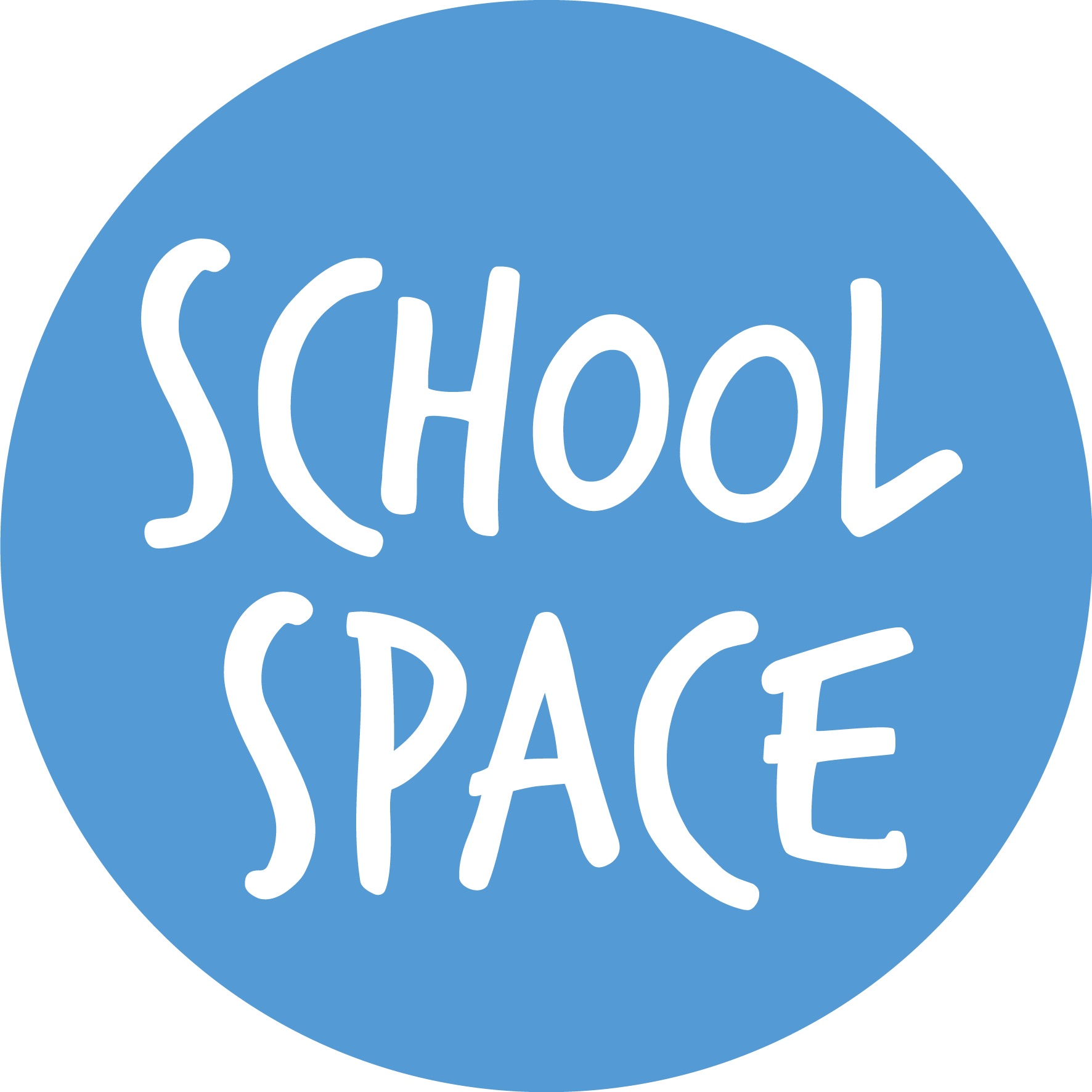
School Space is a social enterprise that has empowered schools for over 12 years through their profitable and hassle-free lettings services. So far, they’ve generated over £5 million in revenue for education, helping to connect over 200 schools with their local communities.


Operoo is a school operations and productivity platform. We help thousands of schools and trusts to eliminate slow, expensive and repetitive tasks. Operoo helps schools streamline and digitise processes, drastically reducing the associated costs: From student pre-admissions, permission forms, payments, and school trips; to medical information and emergency contacts, incident reporting, staff agreements, and more in over 100 languages.


Unify is an online sales and marketing tool that allows users to create tailored personalised documents in moments.

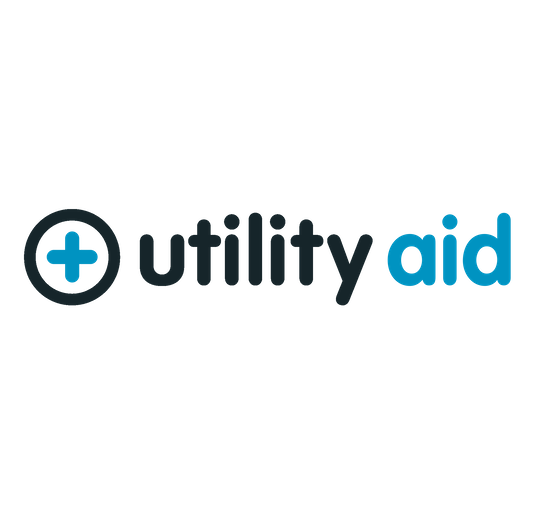
There’s nothing special about the energy we sell. In fact, it’s exactly the same energy as all our competitors provide. But there is something special about the way we do it. Where others complicate the process, we simplify it. Where others confuse customers with hidden terms, we’re an open book. And where others do all they can to make as much money from their customers as possible, we do all we can to make as little. Everything we do, we do it differently. Our customers are a privilege. One we’ll never take advantage of.


Securus provide market-leading monitoring solutions to safeguard students on ALL devices both online and offline. We also offer a full monitoring service, where we carry out the monitoring on behalf of the school, freeing up valuable staff resources. From the smallest school to large MAT groups, Securus offers safeguarding protection for all!

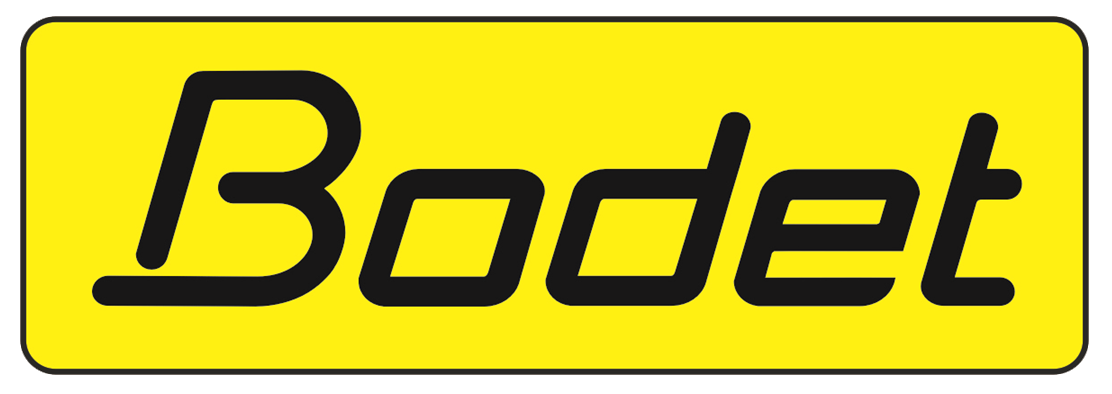
As European leaders of Time Management Solutions, Bodet offer Lockdown, Clock, Bell & PA Systems. Harmonys, our five-in-one IP/PoE Bell System, provides a unique customisable lockdown or panic alarm alert. Melodys, a Wireless Bell System, is useful where wiring can be difficult.
One Reply to “Pupil Engagement: The Hook for English”